As Hans Passant says 'No. You have to use the [Description] attribute'. Just to expand and include information from the SO question Hans then referenced it seems the Description attribute has to be the vehicle for all the documentation about the method parameters because COM Interface Definition Language IDL does not support such granularity.
Don't worry it seems one can put plenty of text in the Description field.

UPDATE: Additional information some VB.NET sample code.
- Open Visual Studio with Administrator Rights (Admin required to register)
- Create a VB.NET Class Library
- Go to Project Properties
- On the build tab check the Register for Interop check box
Change the code for the default class to be the following
Imports System.ComponentModel
Public Interface Interface1
<Description("Interface Description - Here we can put method information as well as parameter information")>
Function AddNumbers(ByVal X As Integer, ByVal Y As Integer)
<Description("Interface Description - Attempt to put description on Name")>
Property Name() As String
End Interface
'https://msdn.microsoft.com/en-us/library/microsoft.visualbasic.comclassattribute(v=vs.110).aspx
Public Class ComClass1
Implements Interface1
Dim sName As String
' These GUIDs provide the COM identity for this class
' and its COM interfaces. You can generate
' these guids using guidgen.exe
Public Const ClassId As String = "7666AC25-855F-4534-BC55-27BF09D49D46"
Public Const InterfaceId As String = "54388137-8A76-491e-AA3A-853E23AC1217"
Public Const EventsId As String = "EA329A13-16A0-478d-B41F-47583A761FF2"
Public Sub New()
MyBase.New()
End Sub
<Description("Here we can put method information as well as parameter information")>
Function AddNumbers(ByVal X As Integer, ByVal Y As Integer) Implements Interface1.AddNumbers
AddNumbers = X + Y
End Function
Property Name() As String Implements Interface1.Name
<Description("Attempt to put description on Name")>
Get
Return sName
End Get
<Description("Attempt to put description on Name")>
Set(ByVal Value As String)
sName = Value
End Set
End Function
End Class
Also add a new project item, an interface, and paste in this code
After successful build open Excel, create a workbook
In the VBA go Tools->References , navigate to the ClassLibrary and check
Go to the Object Browser and find your ClassLibrary and your ComClass1.
For the method AddNumbers you should now see the Description

- Also using Hans Passant's tip about using the Description attribute on both the getter and the setter of a property can be verified.

BUT YOU ARE RIGHT @DARBID, the object browser shows the Description attribute is missing from the Interface Name.
I can only suggest that you use the MIDL compiler to get your assembly's Interface Definition Language (IDL), amend this IDL to give the Description attribute and then recompile and invite your users to browse your amended type library. Here is what IDL looks like
[
odl,
uuid(54388137-8A76-491E-AA3A-853E23AC1217),
version(1.0),
dual,
oleautomation,
custom(0F21F359-AB84-41E8-9A78-36D110E6D2F9, "ClassLibrary4.ComClass1+_ComClass1")
]
interface _ComClass1 : IDispatch {
[id(0x00000001), helpstring("Class Description Here we can put method information as well as parameter information")]
HRESULT AddNumbers(
[in] long X,
[in] long Y,
[out, retval] VARIANT* pRetVal);
[id(0x00000002), propget, helpstring("Class Description Attempt to put description on Name")]
HRESULT Name([out, retval] BSTR* pRetVal);
[id(0x00000002), propput, helpstring("Class Description Attempt to put description on Name")]
HRESULT Name([in] BSTR pRetVal);
};
You can view the IDL of any COM library on your computer with OLEView.exe which is part of the Windows SDK.
Or perhaps someone can find a way to put gets and sets into a VB interface. I don't program in VB.NET I do VBA and C#. Sorry, I'm out of ideas now.


